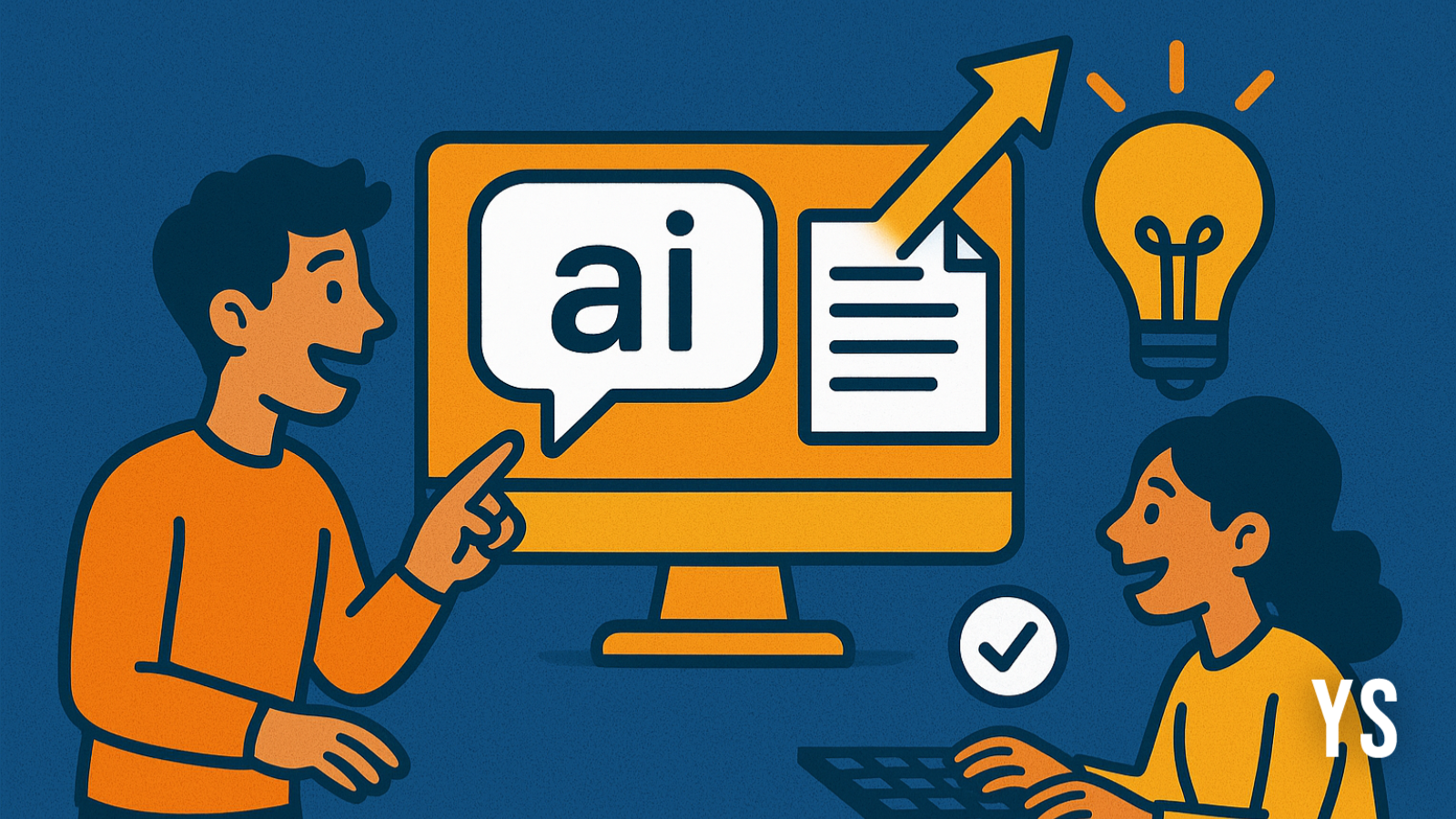By Ishan Patra
Copyright yourstory

When a new kind of language begins to spread through workplaces, it changes what a company builds and how it looks at work. In India’s AI space, that language is prompt engineering, the practice of telling AI what to do in ways that produce useful, predictable outcomes.
What began as curiosity about chatbots and clever demos has now turned into a practical push to make AI reliable, scalable, and part of everyday work. Online learning and teaching marketplace Udemy’s 2026 Global Learning and Skills Trends Report puts a number on this shift.
Prompt engineering skills among Udemy learners based in India have surged by 1,526%—a stirring statistic.
When viewed from a global lens, prompt engineering is among the top 10 fastest-rising AI skills with a 782% increase, ranked fifth among the top 10 consumed AI skills.
These figures make one thing clear: it is not a local fad, but part of a broader wave of learning that is reshaping both roles and expectations.
Udemy saw interest in vector databases rise by 89% as learners pick up systems that give AI a kind of searchable memory. Pytest registrations jumped by 980% and Microsoft Playwright by 217%, as developers double down on automated testing to keep increasingly complex AI systems dependable.
Cloud certification and FastAPI learning both jumped by 108%, while system design interview content saw a 145% increase. Even business topics such as risk management recorded healthy growth at around 90%.
Taken together, these shifts point to a practical orientation: learners are not simply experimenting with prompts but assembling the infrastructure that makes AI features scale and keep working.
Prompt engineering on its own is straightforward. It is the skill of giving an AI model the right context, examples, and constraints, so its output fits the required purpose. A good prompt works like a clear brief to a colleague, reducing ambiguity and saving time.
Vector databases store information in a way that AI can search by meaning rather than exact words, which helps models retrieve the correct facts quickly. FastAPI is a developer toolkit that lets applications talk to models through clean, well-structured interfaces.
Pytest and Playwright are automated checks that run through likely scenarios and flag problems before real users encounter them. System design is the planning work that ensures all these pieces sit together sensibly and can scale.
Picture a customer support team building a troubleshooting chatbot. If the team only knows the basics of prompting, the bot will sometimes give useful answers and sometimes go astray.
With the emerging mix of skills, the team can store product manuals in a vector database so the bot finds the correct guidance, use thoughtful prompts so the responses are accurate and empathetic, expose the functionality through a FastAPI endpoint so the bot sits behind the company’s apps, and set up automated tests so updates do not introduce regression errors.
The result is a tool that reduces support load and improves customer satisfaction rather than a novelty that frustrates users.
This pattern also signals a change in what employers will value. Familiarity with AI tools will no longer be enough. Hiring managers will increasingly prize people who can combine prompt fluency with engineering skills, testing discipline and cloud know-how.
Vinay Pradhan, Country Manager and Senior Director Sales for India at Udemy, captures the shape of this shift when he says that AI fluency will be the new standard in 2026.
“It isn’t enough to have a basic understanding of technical skills anymore. True fluency comes with a holistic and in-depth understanding of AI’s capabilities, emerging applications, risks, and limitations. Most roles require using AI every day, and as such, professionals need proactive skills development for AI readiness so it can be used fluidly in daily use cases,” he notes.
Together, these trends suggest a maturing approach to AI, where learners are not content to play with tools but are preparing to build the systems that will determine how AI is used in work and society.
(Edited by Suman Singh)



